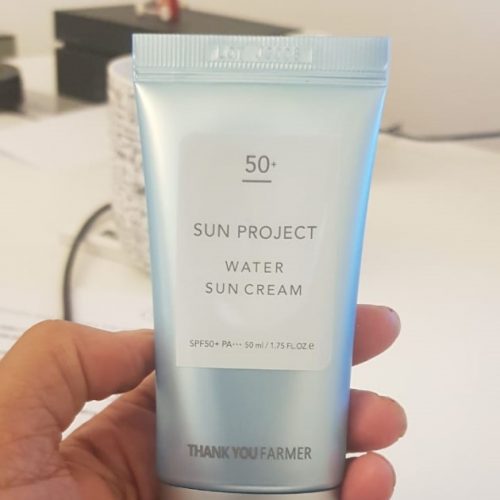I am frequently asked to review South Korean sunscreens – Purito Centella and innisfree are a regular query I get. I don’t like reviewing South Korean sunscreens because I haven’t been convinced that they have high SPFs as advertised. Of course, I can now say this because Purito Centella has been at the heart of a testing scandal. It’s SPF 84 sunscreen was found to be SPF 19 in independent lab testing.
This article LINK is a largely unbiased representation of the story.
Personally, for me the reluctance comes from the consistency of the sunscreen. This is the fluid like consistency of Thank You Farmer
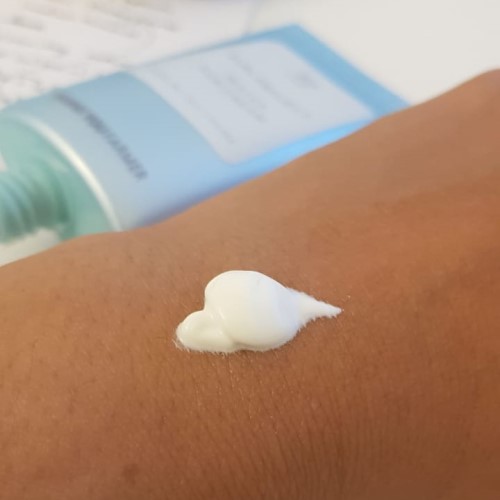
…that blends in without any whitecast. In fact, it is pleasantly (albeit strongly) fragranced.
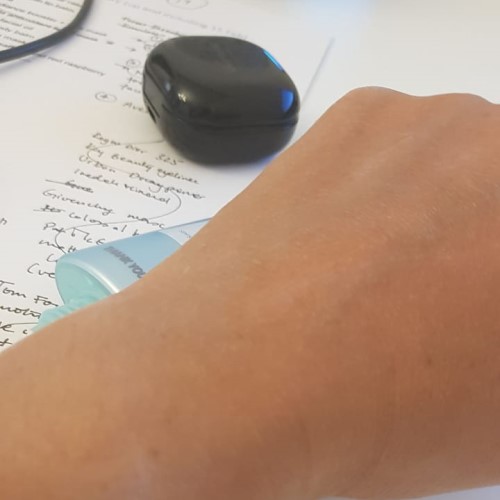
From my personal experience of reviewing hundreds and hundreds of American, European and Indian sunscreens that take ages to blend in, unless a product doesn’t have new style filters, I am completely expecting it to be difficult to blend in. You’ll then understand why my brain can’t adjust to this lighter, emulsion because the solubility of the filters shouldn’t change. I have the same issue with Forest Essentials sun fluid SPF 50.
But (I am told) that the consumers in South Korea, China and Japan are more discerning. These consumers prefer lighter textured, easy to blend in formulas. This is codswallop in my view because it means somehow that the South Koreans have cracked the mechanism of making lighter, non-whitecast sunscreens that the likes of Bioderma, Avene and La Roche etc haven’t. Really? I am sorry – I am just sceptical 🙂
To remind you, we want UVA and UVB filters to protect against the following damages:
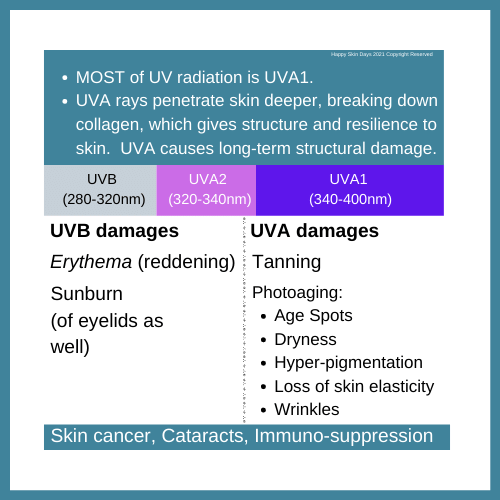
Would I use this sunscreen?
Based on the labelling, there is no reason for me not too. Of course, I would be a dumbass if I ignored the Purito Centella scandal. I can’t test the SPF in a lab (because that’s not my day job). But this is my workaround:
- I only uses this sunscreen INDOORS (and this is true about all South Korean sunscreens I have used)
- My main concern is protection against UVA radiation and I assume this is an SPF 30, PA++ for this purpose. Let me explain:
- If you live in the EU, sunscreen regulation requires 1/3 of SPF to protect against UVA radiation. I’d happily assume this is a 1/3 of an SPF 30 product
- If you live in Asia, sunscreen regulation generally follows PA system (see below) and I assume this is a PA++ product AND not a PA+++ product.
Therefore, this sunscreen is great for a lockdown, but not so much an Indian summer (or any prolonged outdoor activity). Finally, if you value your vision, please do not use this around your eyes, because if it gets into your eyes, it really does sting like crazy. Reapplication of sunscreen only increases this.
****
Happy Skin Days’ sunscreen test
I apply this very basic test to all sunscreens that I test on this blog.

No harmful chemicals are present and the product’s SPF is at least 30. (The harmful chemicals that I look for are BHT, parabens, formaldehyde releasing preservatives and Oxybenzone.
3) What UVA and UVB sunscreen filters are present?
The UVB filters present are:
- Ethylhexyl Methoxycinnamate (2nd ingredient)
- Homosalate (3rd ingredient)
- Ethylhexyl Salicylate (4th ingredient)
- Octocrylene (6th ingredient)
These are all old style UVB filters, which should together give the product an SPF 50 and I don’t doubt from a UVB perspective this is a SPF 50 product.
The only UVA and UVB filter present is Titanium Dioxide (11th ingredient), which is a better UVB filter than UVA filter.
The only UVA filter is DHHB, which is a superior, photostable UVA filter and herein lies the problem. It really is just ONE filter
DHHB is a new style filter that is photostable, has a large molecular size and therefore does not penetrate the skin. It does not need to be present in high percentage quantities to give effective protection.
Even 1.5% DHHB gives PA++ rating, assuming no other UVA filters are present.
DHHB provides superior UVAII / UVA I protection, peaking between 350nm-360nm.
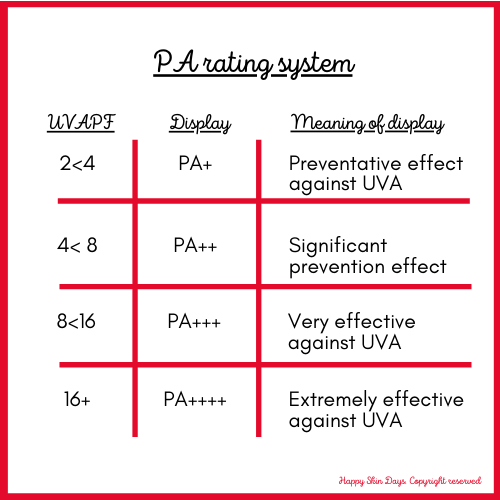
I will be honest with you I can’t see how as the 5th ingredient, DHHB is present in greater than 1.5%. I’d safely put my money on PA++ but not on PA+++.
Closing remarks
I am happy using this sunscreen on the assumption that it is a SPF 30 product offering a PA++ rated protection against UVA radiation.
Available for sale at cultbeauty. Retail price £18 for 50ml
***
See also
Top 5 sunscreen recommendations
What is PA++++
***
HAPPY SKIN DAYS. COPYRIGHT RESERVED 2021. I am a non-affiliated skincare blogger. I invest my own resources in researching and creating content for my blog. The contents of this blog, including images are protected by copyright law(s). My content cannot be replicated without my consent. You can write to me at email@happyskindays.com. I will file criminal and civil charges for copyright infringement.
